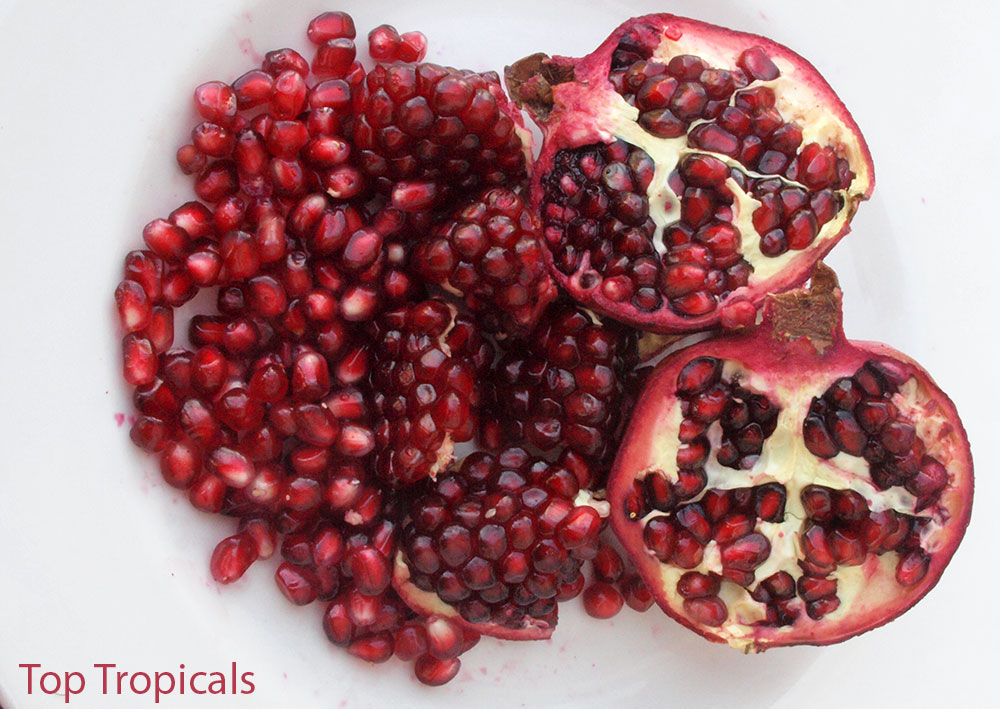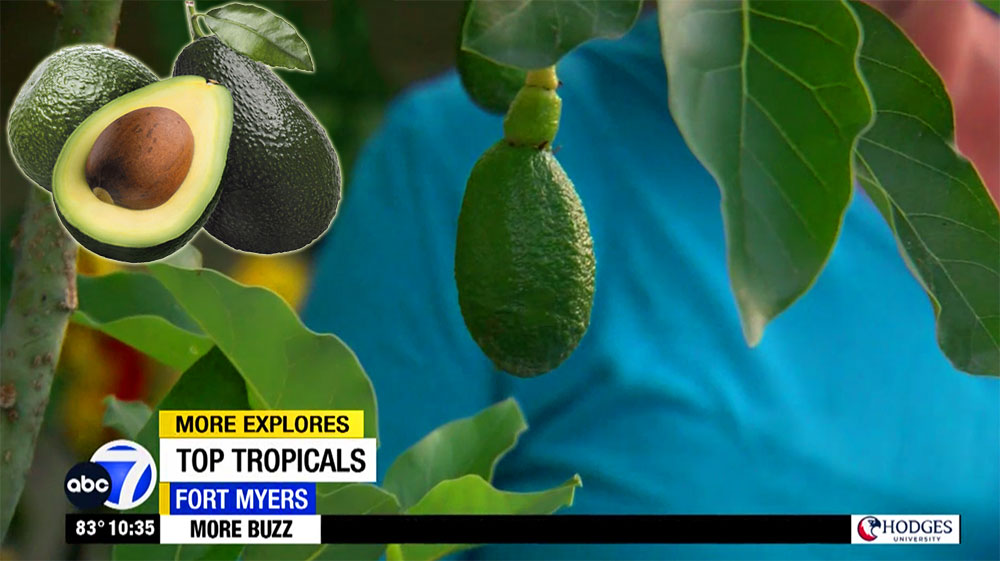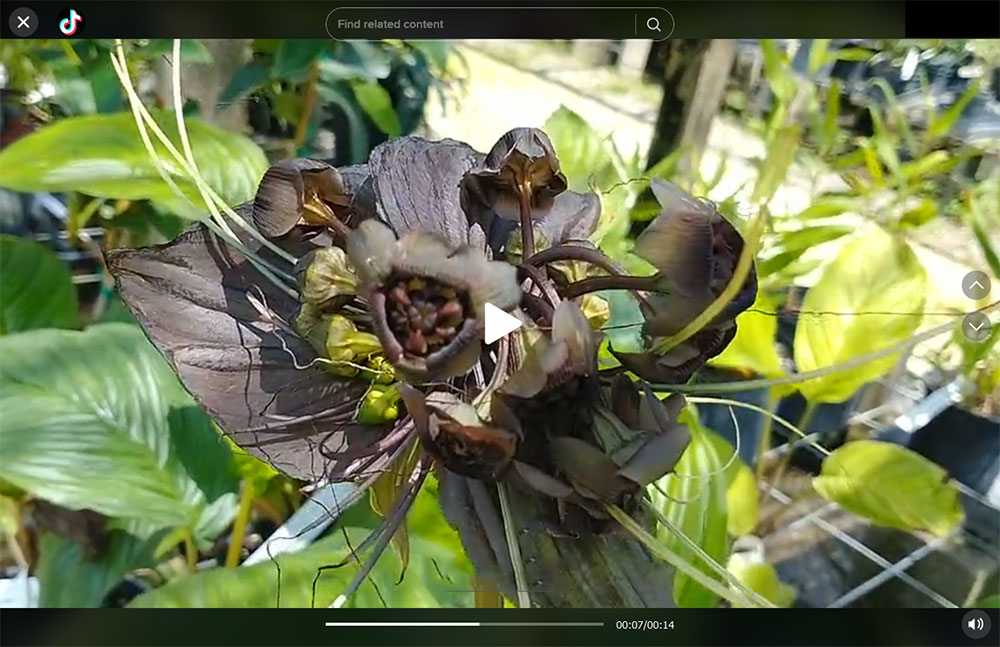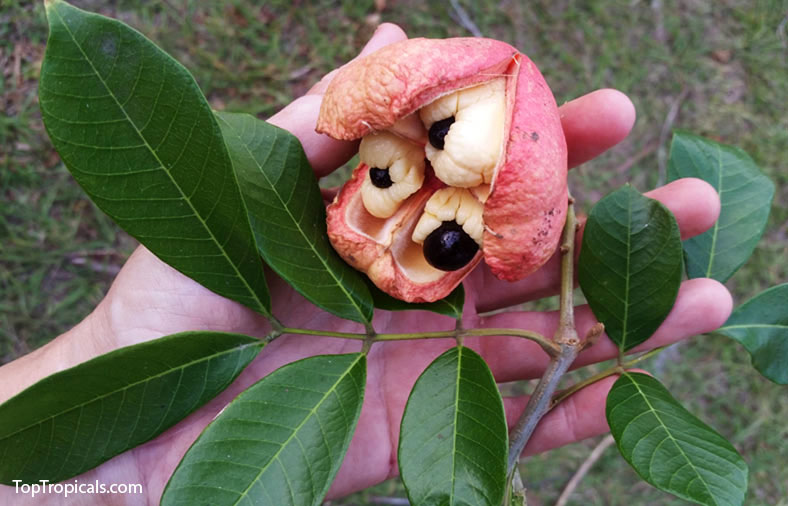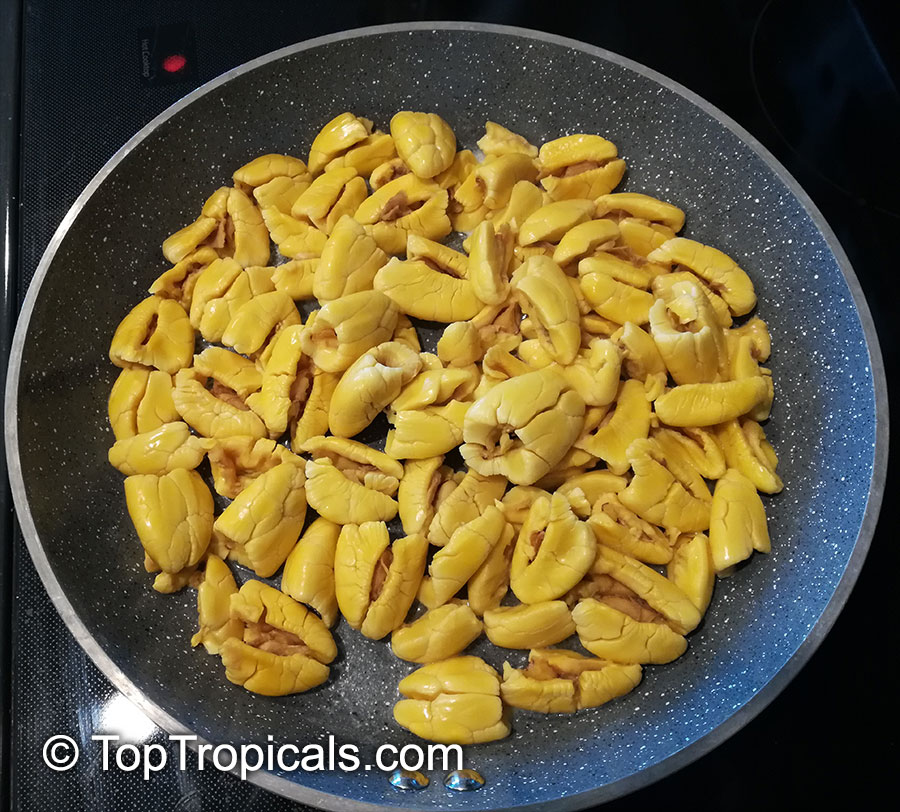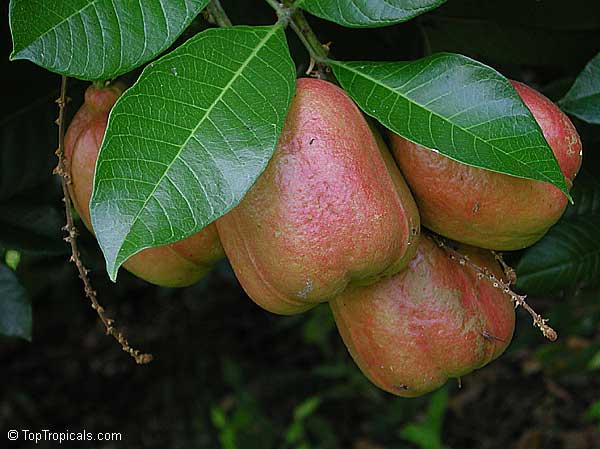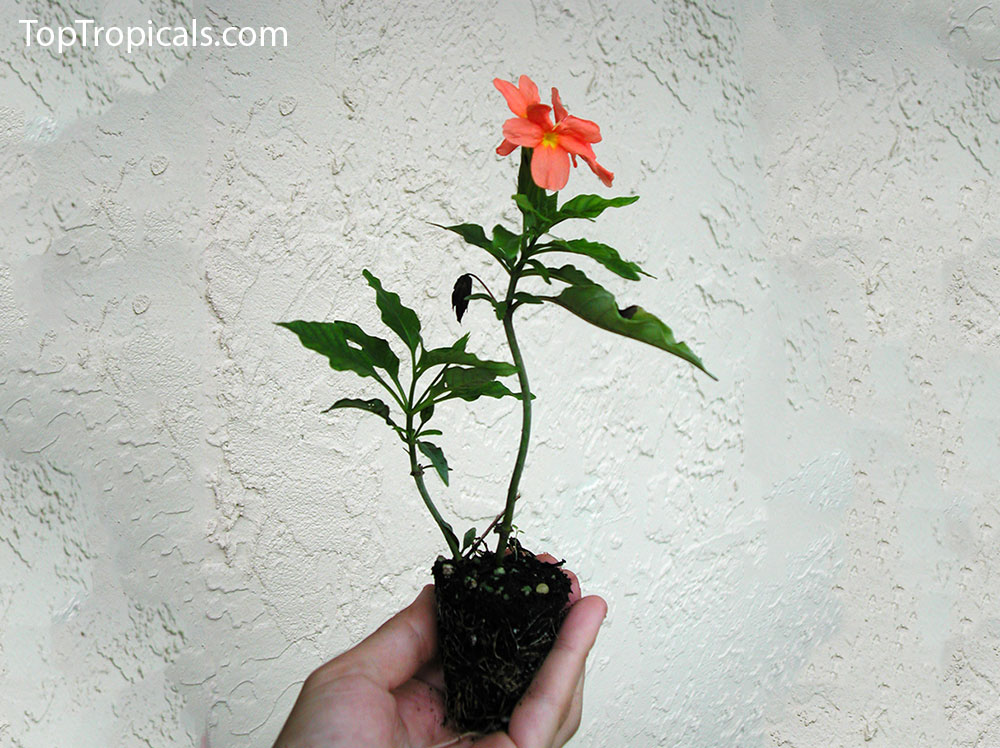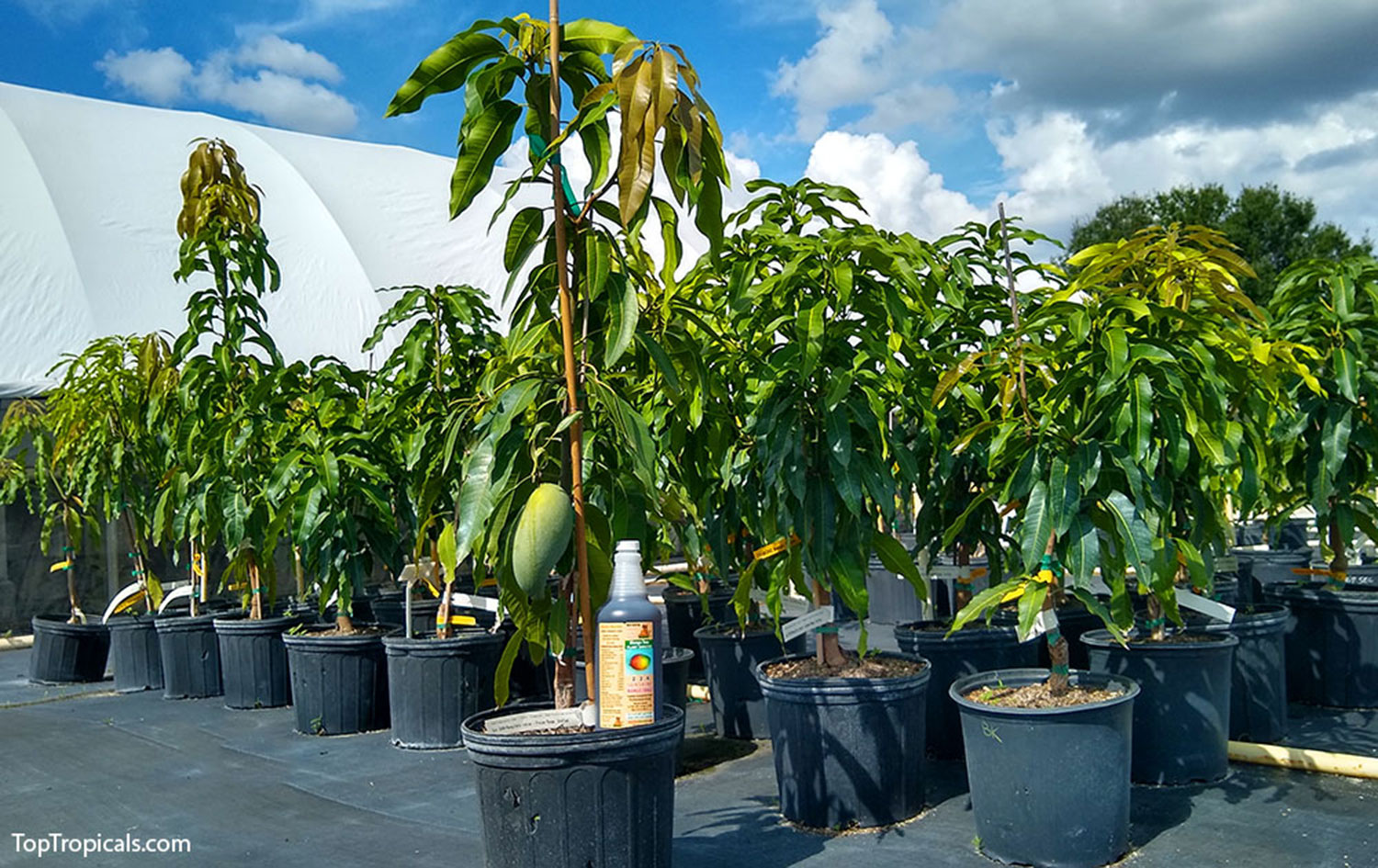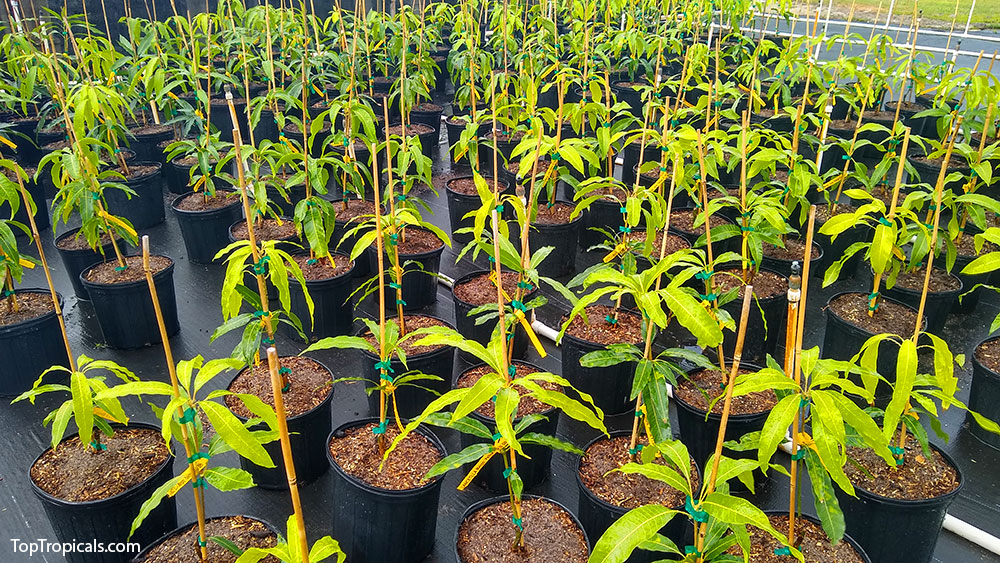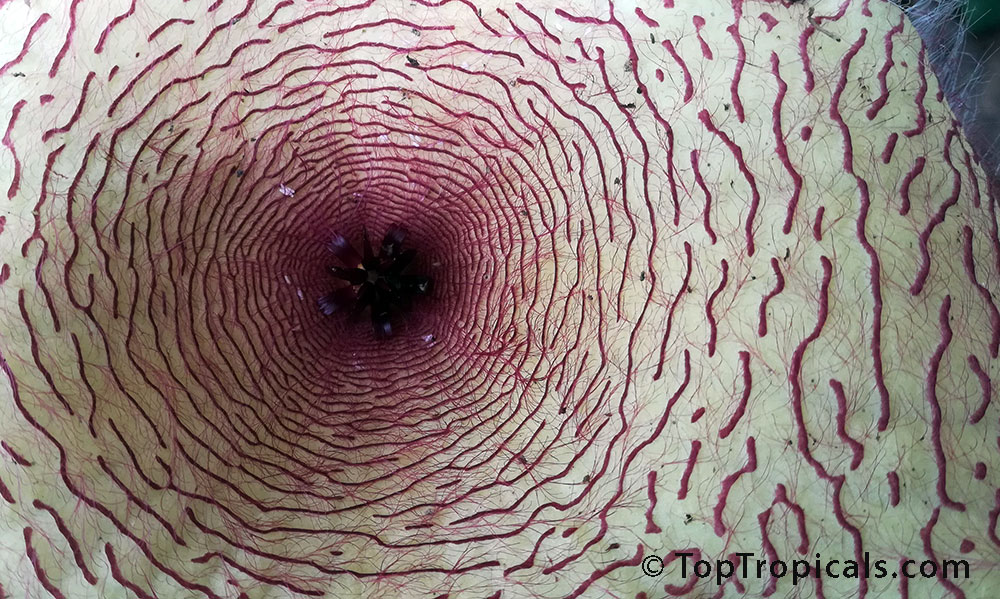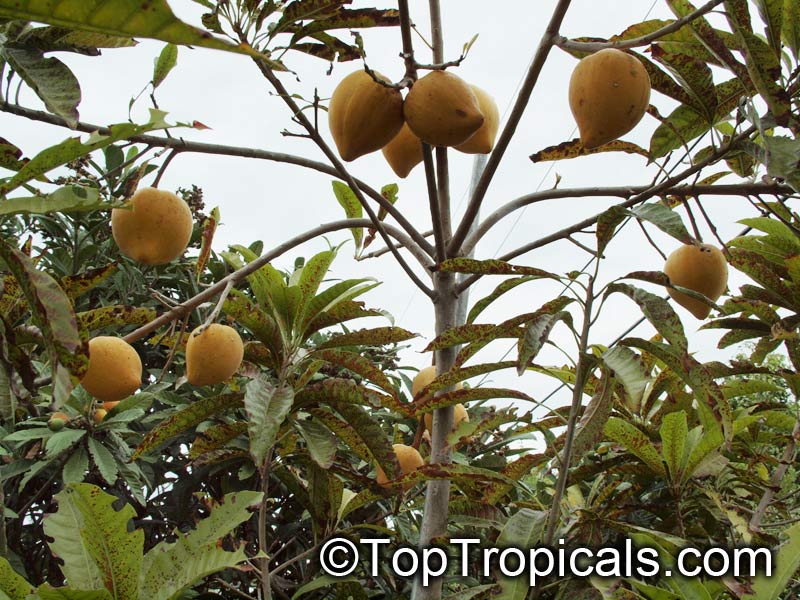Date:
Pomegranate:
healing drops of blood
The pomegranate, a treasured fruit with ornamental and medicinal value, has a rich history. Native to regions from Iran to the Himalayas, it spread across the Mediterranean in ancient times. Theophrastus described it over 300 years before Christ. Legends abound, including its association with the Garden of Eden's "tree of life," symbolizing hope and eternal life in Christian art. The fruit's many seeds became a symbol of fertility. Its erect calyx-lobes inspired Solomon's crown. Egyptians cultivated it, and dried fruits were found in Bronze Age tombs. Moses reassured the Israelites of finding pomegranates in the Promised Land. Its allure and medicinal properties inspired myths, epics, and artworks, transcending time and cultures. Some scholars even suggest it was the fruit in the Garden of Eden, not an apple...
The gemstone garnet, named after the fruit due to its resemblance to pomegranate "pits," carries significance in Slavic languages as "Granat." Believed to bring luck in love and friendship, this precious stone holds an association with the pomegranate's symbolic value.
Pomegranates have been consumed by man since before recorded history. From ancient times, the fruit was valued for its medicinal properties. Consuming the fruit will help to improve blood quality. The tiny beads of fruit, full of precious oil and juice, are brilliant as drops of blood or rubies. These "drops of blood" from the pomegranate when consumed will help to build healthy red blood cells, according to the ancients who wrote the "Law of Similars". According to Ayurveda obese persons should consume the pomegranate fruit as it will improve metabolism and assist in the weight loosening. There is a saying in Hindi - "Ek anaar sau bemaar" - meaning one pomegranate can serve one hundred sick people.
Pomegranate tree is easy to grow in your garden. Many varieties exist, and every one has its special features...
